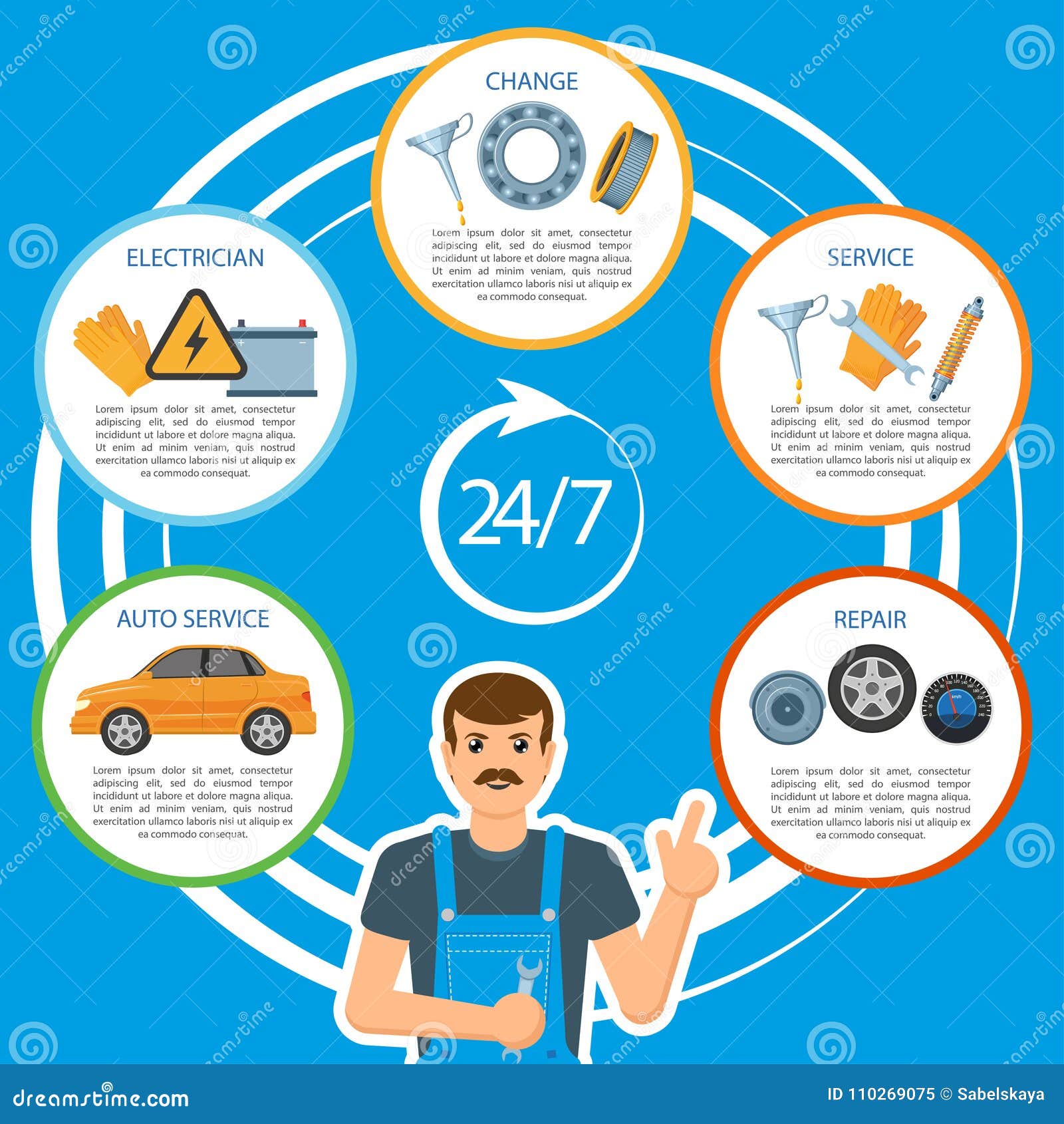Eager To Understand What The Control Panel Warning Lights In Your Automobile Signify? Discover Their Meanings For The Health And Safety And Security Of Your Automobile
Eager To Understand What The Control Panel Warning Lights In Your Automobile Signify? Discover Their Meanings For The Health And Safety And Security Of Your Automobile
Blog Article
Authored By-Samuelsen Forbes
When you're behind the wheel, those glowing caution lights on your control panel can be a little bit bewildering. Do you understand what they're attempting to tell you about your auto's health and wellness? Comprehending the value of these lights is vital for your security and the longevity of your lorry. So, the following time one of those lights turns up, would not you want to analyze its message precisely and take the required actions to address it?
Common Caution Lighting and Interpretations
Determine common caution lights in your auto and comprehend their significances to guarantee safe driving.
The most regular warning lights include the check engine light, which indicates issues with the engine or emissions system. If this light begins, it's important to have your car examined immediately.
The oil stress cautioning light shows reduced oil stress, calling for prompt focus to stop engine damages.
A blinking battery light could recommend a malfunctioning charging system, potentially leaving you stranded otherwise resolved.
The tire stress monitoring system (TPMS) light notifies you to reduced tire pressure, affecting car security and gas efficiency. Ignoring boatwash can result in dangerous driving conditions.
The abdominal light indicates an issue with the anti-lock stopping system, endangering your ability to quit promptly in emergencies.
Lastly, the coolant temperature level alerting light warns of engine overheating, which can cause severe damages if not dealt with quickly.
Comprehending these usual warning lights will certainly assist you deal with issues quickly and preserve safe driving conditions.
Value of Prompt Attention
Comprehending the usual caution lights in your cars and truck is just the primary step; the value of immediately resolving these warnings can't be highlighted sufficient to ensure your security on the road.
When a caution light brightens on your dashboard, it's your cars and truck's means of communicating a prospective concern that requires interest. Ignoring cardetailers can bring about extra severe issues down the road, compromising your safety and security and possibly costing you extra in repairs.
Prompt interest to warning lights can protect against failures and accidents. For instance, a blinking check engine light might show a misfire that, if left ignored, might create damages to the catalytic converter. Resolving this without delay can save you from a pricey fixing.
Likewise, a brake system warning light might signify low brake fluid or used brake pads, essential parts for your safety and security when driving.
Do It Yourself Troubleshooting Tips
If you discover a warning light on your control panel, there are a couple of DIY repairing ideas you can try prior to looking for professional assistance.
The first step is to consult your vehicle's guidebook to comprehend what the particular warning light shows. Often the problem can be as straightforward as a loose gas cap causing the check engine light. Tightening the gas cap might deal with the trouble.
Another typical concern is a low battery, which can trigger different cautioning lights. Inspecting the battery links for deterioration and guaranteeing they're safe might take care of the trouble.
If a caution light lingers, you can attempt resetting it by separating the car's battery for a couple of minutes and then reconnecting it. Additionally, inspecting your vehicle's fluid levels, such as oil, coolant, and brake fluid, can help fix warning lights connected to these systems.
Final thought
In conclusion, comprehending your auto's warning lights is essential for maintaining your automobile running efficiently and safely. By promptly dealing with these informs and understanding what they mean, you can avoid costly fixings and prospective malfunctions.
Keep in mind to consult your cars and truck's guidebook for specific details on each alerting light and do something about it accordingly to guarantee a trouble-free driving experience.
Stay educated, stay safe when traveling!
